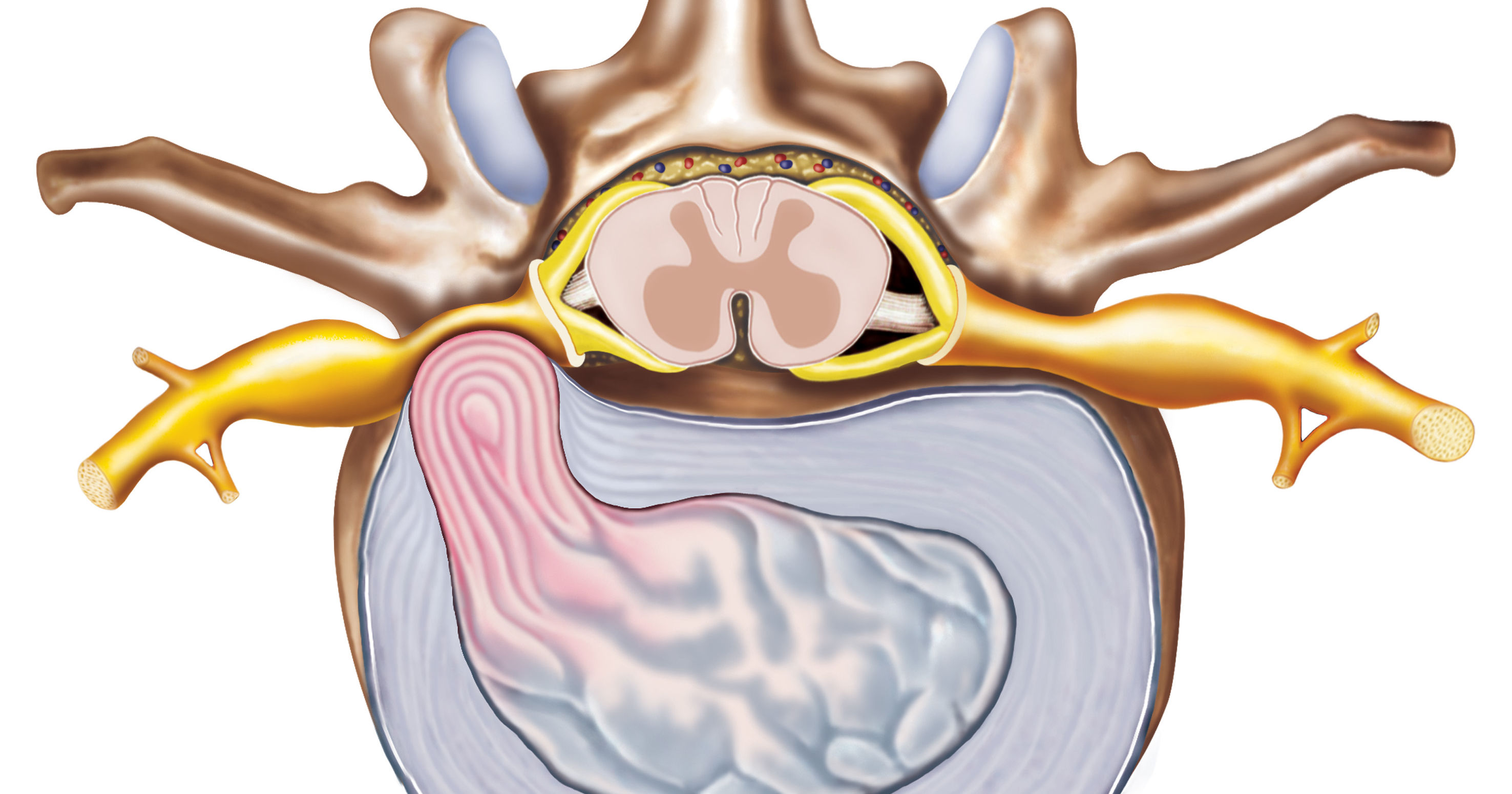
Understanding Lumbar Disc Injuries: Steps to Healing and Recovery
Approximately 80% of Americans will experience some form of back pain in their lifetime, and up to 20% of those cases involve a disc injury, such as a herniation or bulge. This means that millions of people in the U.S. are likely to suffer from disc-related issues at some point, especially in the lower back, where these injuries are most common.
Here’s something that might surprise you—lumbar disc herniations affect up to 2% of the population each year. It sounds like a small number, but if you've ever experienced one, you know it can feel like the world is stopping. Lumbar disc injuries, like herniations and bulges, are common, and they don’t discriminate. Whether you sit at a desk all day or are highly active, the intense back pain can take over your life.
But here’s the good news: with the right approach, most disc injuries heal without surgery. It takes time and strategy, but the right steps can make all the difference.
Let’s dive into what lumbar disc injuries are, how we treat them, and the realistic timelines for healing.
What Are Lumbar Disc Injuries?
Your lumbar spine, or lower back, consists of a series of vertebrae separated by discs. These discs act like cushions, absorbing shock and allowing your spine to move freely. However, when a disc is injured, the inner gel-like material can bulge or even rupture through the outer layer. This is what we call a disc herniation or bulge, and it can press on nearby nerves, causing pain, numbness, and weakness down your legs or back.
Steps to Treat Lumbar Disc Injuries
At our clinic, we take a multi-faceted approach to treat lumbar disc herniations and bulges. It’s important to not only relieve pain but also address the root cause and promote long-term healing. Here's how we do it:
1. Spinal Decompression/Traction Therapy
One of the most effective treatments for disc injuries is spinal decompression. This therapy gently stretches the spine, creating negative pressure within the discs. By doing this, it encourages the bulging or herniated disc to retract, relieving pressure on the spinal nerves.
We typically recommend 12 to 24 visits for optimal results, depending on the severity of the injury. Each session lasts around 20-30 minutes and is completely non-invasive. Patients often feel relief after just a few treatments.
2. Class 4 Laser Therapy
Another powerful tool in our treatment plan is Class 4 laser therapy. This advanced laser technology penetrates deep into tissues to stimulate cellular repair, reduce inflammation, and accelerate healing. It’s painless and highly effective at targeting both the pain and the source of inflammation.
Most patients benefit from a combination of spinal decompression and laser therapy, as the laser promotes quicker healing and helps reduce pain during the decompression process.
3. Chiropractic Care
In addition to decompression and laser therapy, gentle chiropractic adjustments are often incorporated to realign the spine and reduce nerve irritation. When done properly, these adjustments can help improve overall mobility and support your body’s healing process.
4. Soft Tissue Therapy
Often, when a disc is injured, surrounding muscles and tissues can become tight or strained as they try to compensate. That’s why soft tissue treatments, such as myofascial release or active release techniques, are included to reduce muscle tension and improve blood flow to the injured area.
5. Customized Rehabilitation Exercises
As your pain subsides, strengthening your core and improving mobility is key to preventing future injuries. We’ll guide you through specific exercises aimed at strengthening the stabilizing muscles of your spine and improving flexibility.
Timeline for Disc Healing
Now, let’s talk timelines. Disc injuries don’t heal overnight, but with the right treatment, significant improvement can be seen in a few weeks. Here’s a general healing timeline:
-
Acute Phase (0-4 weeks): Pain and inflammation are the most intense during this period. We focus on pain relief, reducing inflammation, and creating space for the disc to heal with spinal decompression and Class 4 laser therapy. Patients typically begin to feel noticeable relief after 4-6 treatments.
-
Subacute Phase (4-12 weeks): During this phase, the pain begins to decrease, but the disc is still healing. We continue decompression therapy, adjust your treatment frequency, and start to introduce rehabilitative exercises to restore strength and mobility. Laser therapy is also continued to speed up recovery.
-
Recovery Phase (12-24 weeks): By this point, most patients experience a significant reduction in pain and improvement in function. We shift our focus toward strengthening and stabilizing the spine to prevent re-injury. You may still receive decompression therapy and chiropractic adjustments during this phase to support long-term healing.
Final Thoughts
Healing from a lumbar disc herniation or bulge is possible—and it doesn’t have to involve surgery. With spinal decompression therapy, Class 4 laser treatments, and the right combination of chiropractic care and rehabilitation, we create a comprehensive plan to get you back to doing the things you love without pain. It’s a process, but the results are worth it.
By addressing both the symptoms and the underlying mechanics of your injury, we help you recover faster and prevent future issues. Take the steps today to restore your spine’s health!



